Principi di conservazione e archivio fotografico
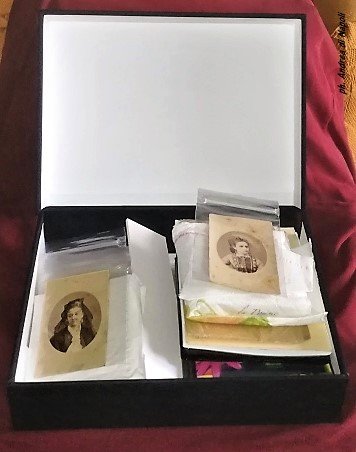
1) busta in carta o poliestere,
2) scatola in cartone (o una adeguata interfoliazione)
3) armadio o cassettiera in alluminio anodizzato
Per tanti anni abbiamo commesso grossolani errori, come quello di usare, in perfetta buona fede, il pergamino (quel foglio semitrasparente inserito anche tra le pagine degli album) o il PVC e conservando poi tutto in vecchi cassetti di legno. La presenza di sostanze acide, di collanti e la stessa lignina presente nella composizione dei mobili più comuni, accelerano il deterioramento di tutte le fotografie.
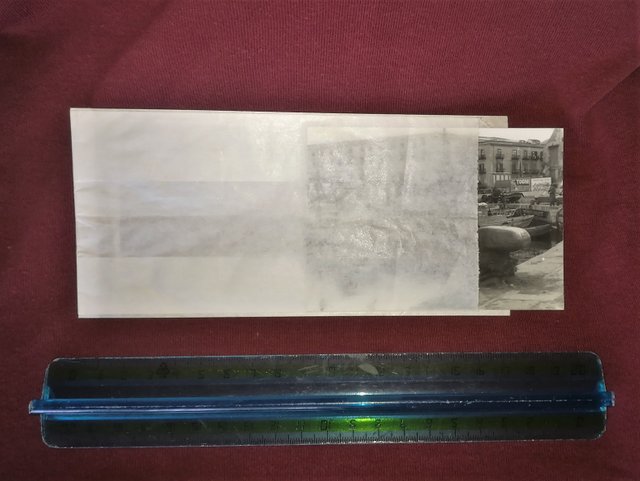
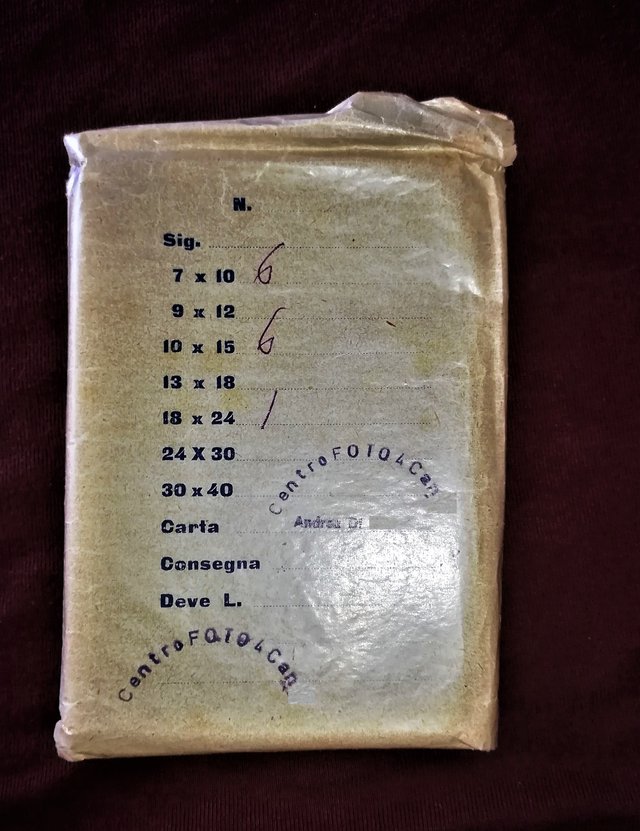
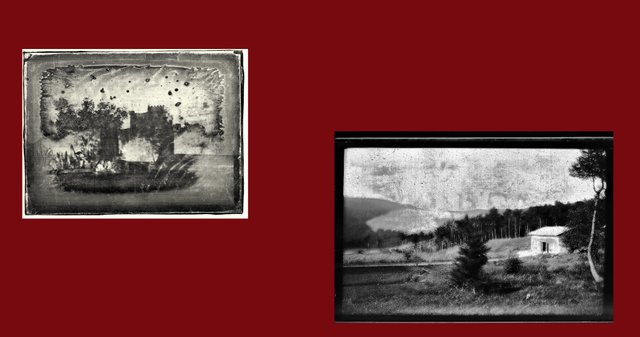
2 vecchie fotografie su vetro / 2 old photographs on glass
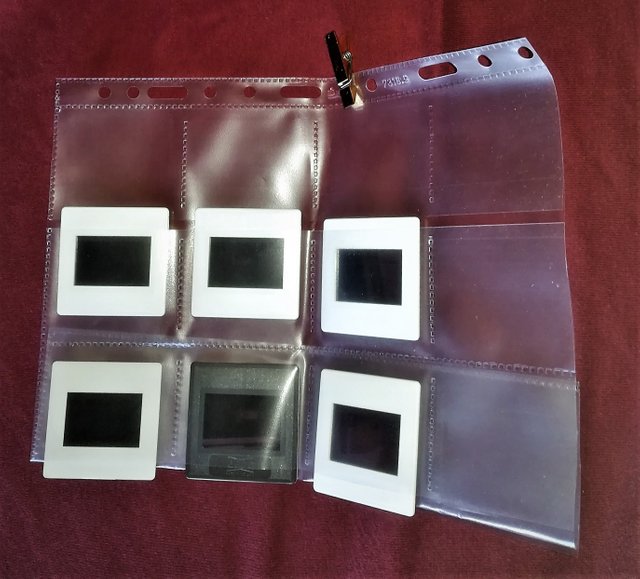
Testo e fotografie di @adinapoli (s)
Fotografie di proprietà dell'autore.
Wherever we decide to host a photographic fund (home, office, garage or library) it must always be kept in mind that the materials used for storage must not interfere with those of the delicate phototypes.
Proper storage will slow down the deterioration of the supports, binders and other components present in photographic images as well as avoiding damage due to a clumsy manipulation. The products that are certainly reliable are those that have passed the PAT (photo activity test) and those that comply with the I.S.O. 10214 and 18902.
A good conservative project provides three levels of protection: paper or polyester envelope, cardboard box or an appropriate interleaving, anodized aluminum wardrobe or chest of drawers For many years we have committed gross errors making, in perfect faith, the parchment (the semi-transparent sheet also inserted between the pages of the albums) or PVC and then keeping everything in old wooden drawers.
The presence of acid substances, adhesives and the same lignin present in the composition of the most common pieces of furniture accelerate the deterioration of all photographs. Positive prints on paper must be placed horizontally on a plane, overlapping the smaller ones with larger ones, and separating them with thin sheets of neutral paper. It would also be advisable to store the photos neatly in suitable boxes.
The glass plates are placed side by side one to the other, resting them on the longer side, in fact, placing them one on top of the other, all the weight would weigh on the lower ones and risk breaking. Film rolls should not be left rolled, but cut into strips and stored in binders or envelopes. Envelopes must protect photographs from dust, light and friction. The paper ones are porous and allow the photos to breathe, but they are also opaque and do not allow to see the works without extracting them. There are transparent bags in polyester, polyethylene and polypropylene, but they are not strong enough and attract dust. If the envelope has only a slot to insert the photograph, it undergoes inevitable traumas every time a specimen is inserted or extracted for consultation. The envelopes opened on 2 sides, on the other hand, prove to be practical because the photo they guard can be extracted by removing 2 flaps. But photography is likely to slip out, and is less protected from dust.
For glass sheets there are special 4-layer envelopes.
It often happens that in the presence of strong humidity the jelly swells and detaches from its support.
The acquisition of a digital copy and the accurate compilation of a cataloging card will be used to avoid frequent manipulation of the original.
Therefore, it is necessary to place them in a box. The glass plates, on the other hand, must be placed in special envelopes with 4 foldable flaps. By means of precise control instruments it is possible to detect if an environment responds to certain parameters relating to temperature, lighting and humidity. The datalogger is a small tool that, at short intervals of time, measures all the data relating to an environment and then unloads them on the P.C. control and record them. The agencies, foundations and museums that manage the collections of original vintage photographs do not allow their specimens to be displayed in rooms that cannot document the constant suitability of the environment.
A serious exhibition project, in fact, must take into account the nature of the works and materials, avoiding improper installations that would compromise their integrity or accelerate their deterioration.
Therefore, the windows must be obscured with a discreet veil and for the photographs cornices without glass are used, to avoid the unpleasant condensation phenomenon, or it is used in an elegant passe-partout.
The most suitable light sources for exhibitions are optical fibers and LEDs because they do not produce excessive heat and can be easily oriented. In short, as one might say, it is preferable to expose less, but to expose better.
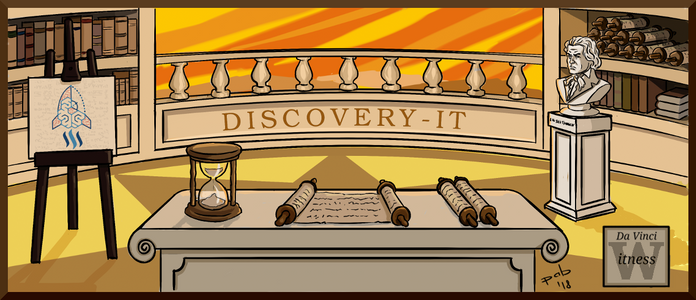
Questo post è stato condiviso nel canale #italia-curation e votato della comunità @c-squared Discord, dopo aver ricevuto una revisione manuale. @c-squared dispone anche di una witness all'interno della comunità. Si invita l'utilizzo di uno dei voti destinati alle witness per supportare questo progetto.
This post was shared in the #italia-curation channel in the Curation Collective Discord community for curators, and upvoted and resteemed by the @c-squared community account after manual review. @c-squared runs a community witness. Please consider using one of your witness votes on us here
Mi hai fatto ricordare i miei vecchi esami di archivistica, con piacere ^^
Allora sei un'esperta e saprai che conservare i libri, le fotografie, i documenti e gli altri materiali del passato non è solo una tecnica, ma è un'arte!
Posted using Partiko Android
Magari esperta, appassionata, sono studi che avrei tanto piacere a riprendere, avevo scelto proprio archivistica come percorso poi purtroppo per cause economiche familiare ho dovuto lasciare gli studi, ma un giorno.. Chissà..
Posted using Partiko Android